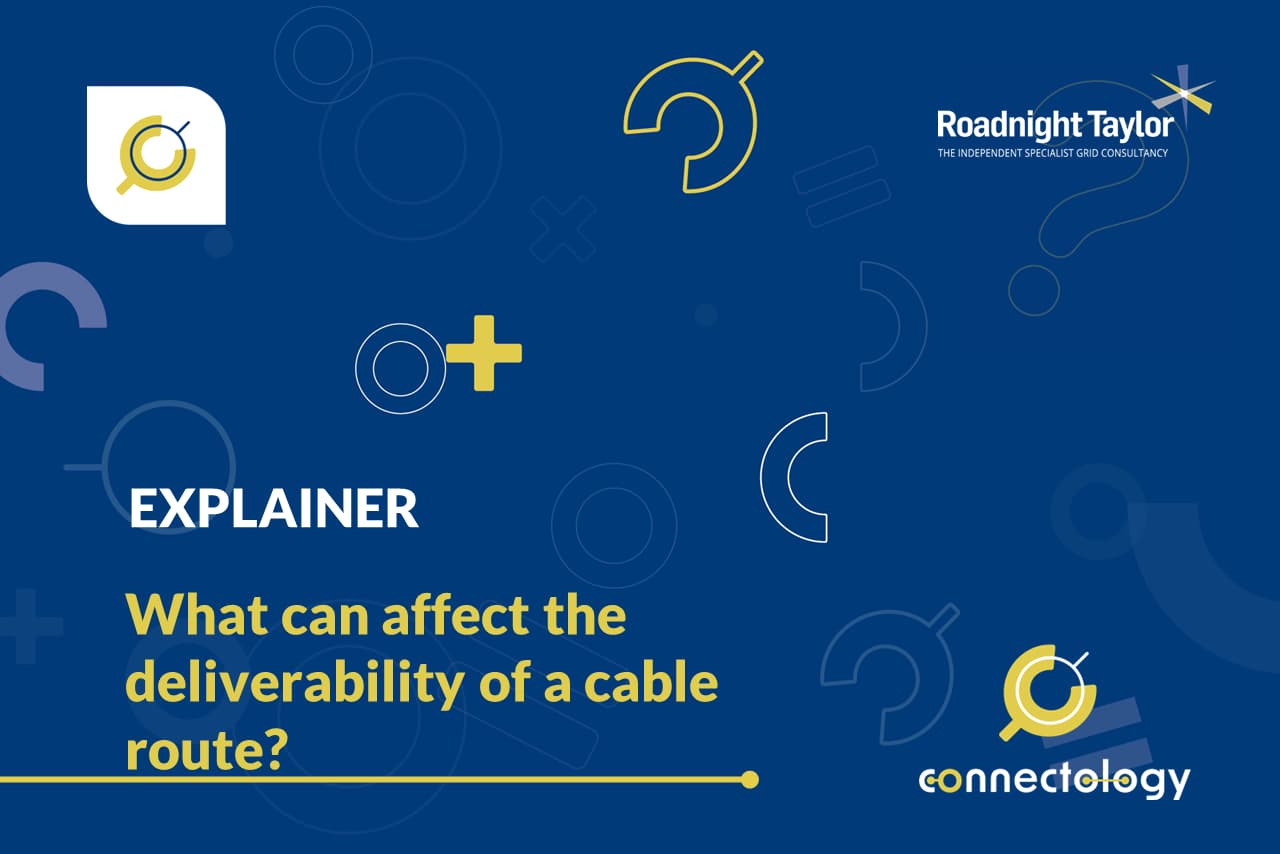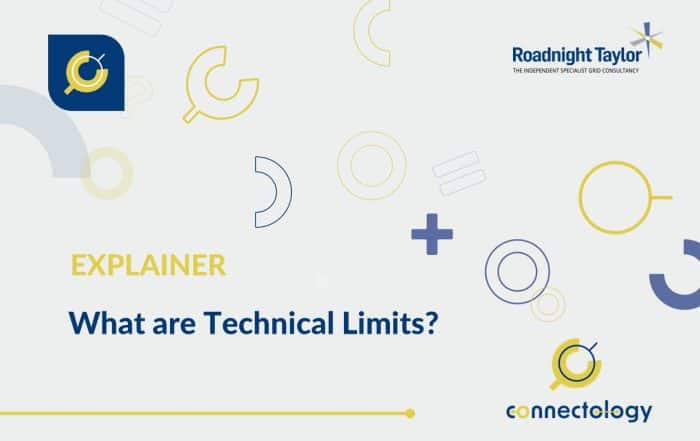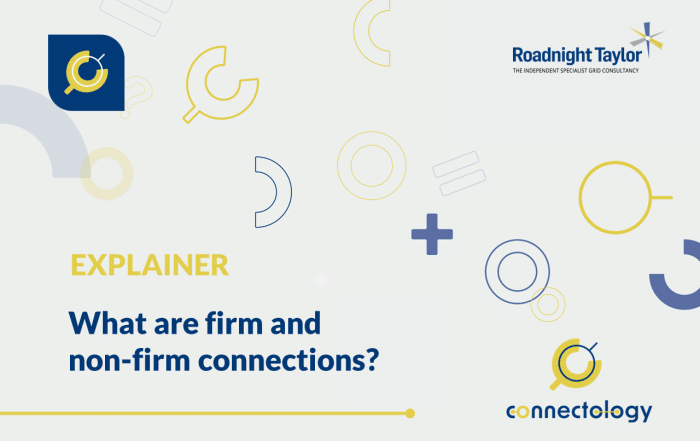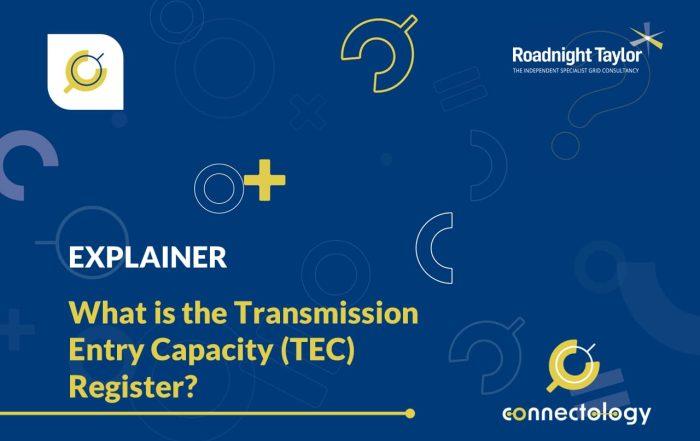What can affect the deliverability of a cable route?
There can be a number of challenges to installing an underground cable and delivering the cable route including land rights, infrastructure crossings, ground type and contamination.
Article by Pete Aston – acknowledged expert in ANM systems
Pete joined Roadnight Taylor from Western Power Distribution (WPD), the UK’s largest Distribution Network Operator (DNO) and world-leading pioneers of ANM. Heading up WPD’s system planning team, Pete was responsible for the design of, and all connections to, its extra-high voltage networks. He was also responsible, amongst other things, for overseeing the roll out of ANM across all four of WPD’s licence areas.
10 May 2022

To make a connection to the EHV network, it is necessary to install a new circuit to the nearest point on the network that can accommodate the capacity.
The new circuit is typically an underground cable, which needs to have a trench dug into the ground and the cable laid at the bottom, either directly onto the ground or in a duct. The cable which runs from the generation site to the connection point on the network is known as the cable route.
There can be a number of challenges to installing an underground cable and delivering the cable route. We highlight some of the main issues below.
Land rights
Cables are allowed to be installed in the public highway, but roads are expensive to dig through and don’t always head in the best direction. It can therefore be preferable to try and lay cables through fields, to get a cheaper dig and a more direct route. However, landowners do not have to grant consent for a cable route and can potentially hold a scheme to ‘ransom’, by requiring a high price to let the cable through.
There are two main types of agreement between the network company who owns the cables, and the landowner. One is a wayleave, which is a right that can be terminated with a certain notice period. The other more preferable right is an easement, which is permanent and therefore gives more security to the connection.
Infrastructure crossings
A cable route may have to cross a number of other types of infrastructure, such as railways, motorways, canals, rivers, and high-pressure gas pipes, etc. The ideal situation is to find a road or track underneath these, but they are not always available. Existing bridges over the infrastructure on the route can potentially provide an opportunity to put the cable in, but not all bridges are suitable. Sometimes a directional drill is needed to drill a duct underneath the obstacle, but this can often be very expensive.
Ground type
Certain types of ground are very difficult for the installation of cables. For example, rocky areas need specialist machinery to dig a deep enough trench and is very expensive, while extremely soft ground, like flat areas full of peat, can require special measures to ensure the cables don’t sink. There will be other types of ground, such as old landfill sites, where it is not possible to install cables.
Contamination
Some ground can be full of contamination which needs careful disposal. Old industrial areas are particularly prone to this, and specialist disposal of contaminated waste can be very expensive.
What lurks beneath!
Then there are a whole number of issues, such as important archaeological areas or risk of unexploded ordinance from the Second World War, which need expert attention to deal with, and which are often unknown before digging up the ground.
Contact us
Roadnight Taylor can assess the feasibility of projects. To find out more call us on 01993 830571 or send us a message via our contact form.








